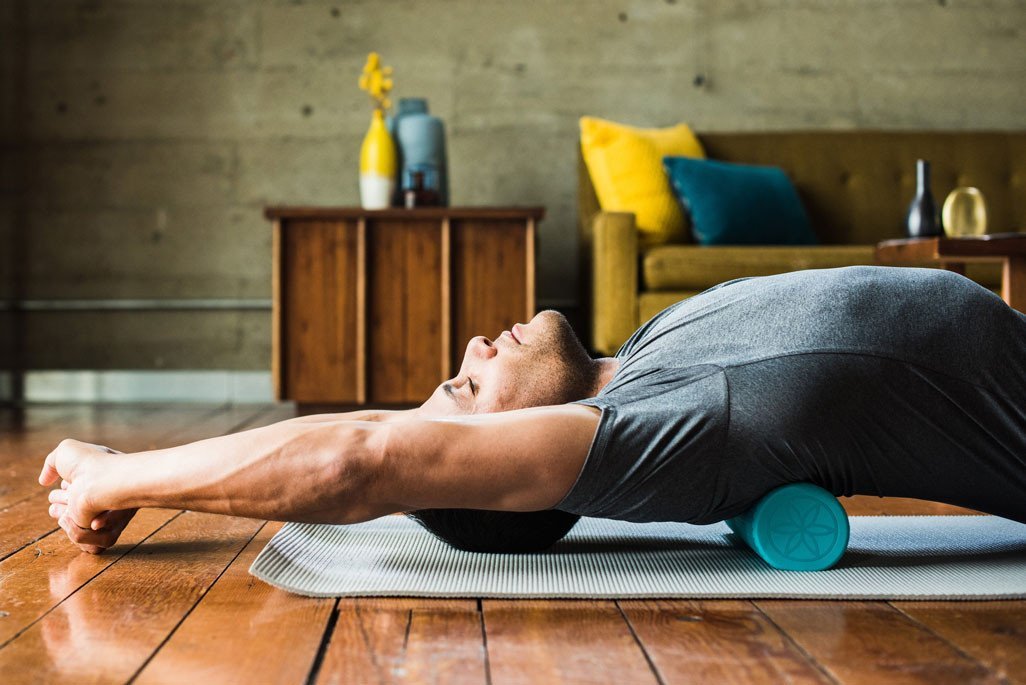
Foam Rolling Techniques: Part Two
As we said before, foam rolling can be done on even the smallest, most hard-to-reach muscle groups. Here are a few more techniques to get your blood flowing…

Shoulders and sides. Our shoulders are the area where we carry a lot of stress, which means that they are more likely to get tight and locked up quicker than other muscle groups. By making a few adjustments to the rest of your body, you will be able to loosen up the muscles and get some blood flowing. Rest your upper back on the foam roller and lace your fingers behind your head. You’ll want to engage your abs and glutes to ensure stability before you lean toward your left side while lifting your right shoulder. Roll from your underarms to the bottom of your rib cage, before going back to the center and alternating sides. Your body pressure will play a big factor in how deeply you penetrate the muscles. One of the main reasons for doing this technique is to apply pressure to the trigger points and knots. Because so much of our stress is carried in our upper back and shoulders, there is no good time to initiate this move and it will benefit you any time of day.
Glutes. The majority of our days consist of sitting, which can put a lot of pressure on our bums. With that said, it’s fairly easy to self-massage your glutes with a foam roller. Simply cross your right leg over your left knee while putting pressure on your right hip, using your hands for support. After you roll over your right glute several times, alternate. The glute muscles are important to penetrate with massage regularly due to the fact that they are the largest muscle group in your body and they are made up of a lot of fascial layers. Because some people have trouble getting the glute muscles to move, foam rolling helps with that mobility as well as the range of motion in the hips. Simple exercises such as walking up the stairs, engage the glute muscles on a regular basis. Again, this technique is great to do after a long day of sitting or after you utilized your legs a lot during an exercise session.
Outer thighs. Often forgotten, the outer thigh muscles can end up being beyond tight, and you will certainly feel this when you start rolling out the muscles. There is a long band of connective tissue that spans the length of your outer leg from your hip to your outer knee, known as the iliotibial band. Engage your abs and glutes for balance while you lay on the foam roller sideways, then roll up and down from your knee to your hip. Move slowly and alternate sides.
Ready to make a change in your life? Let's talk CLICK HERE

